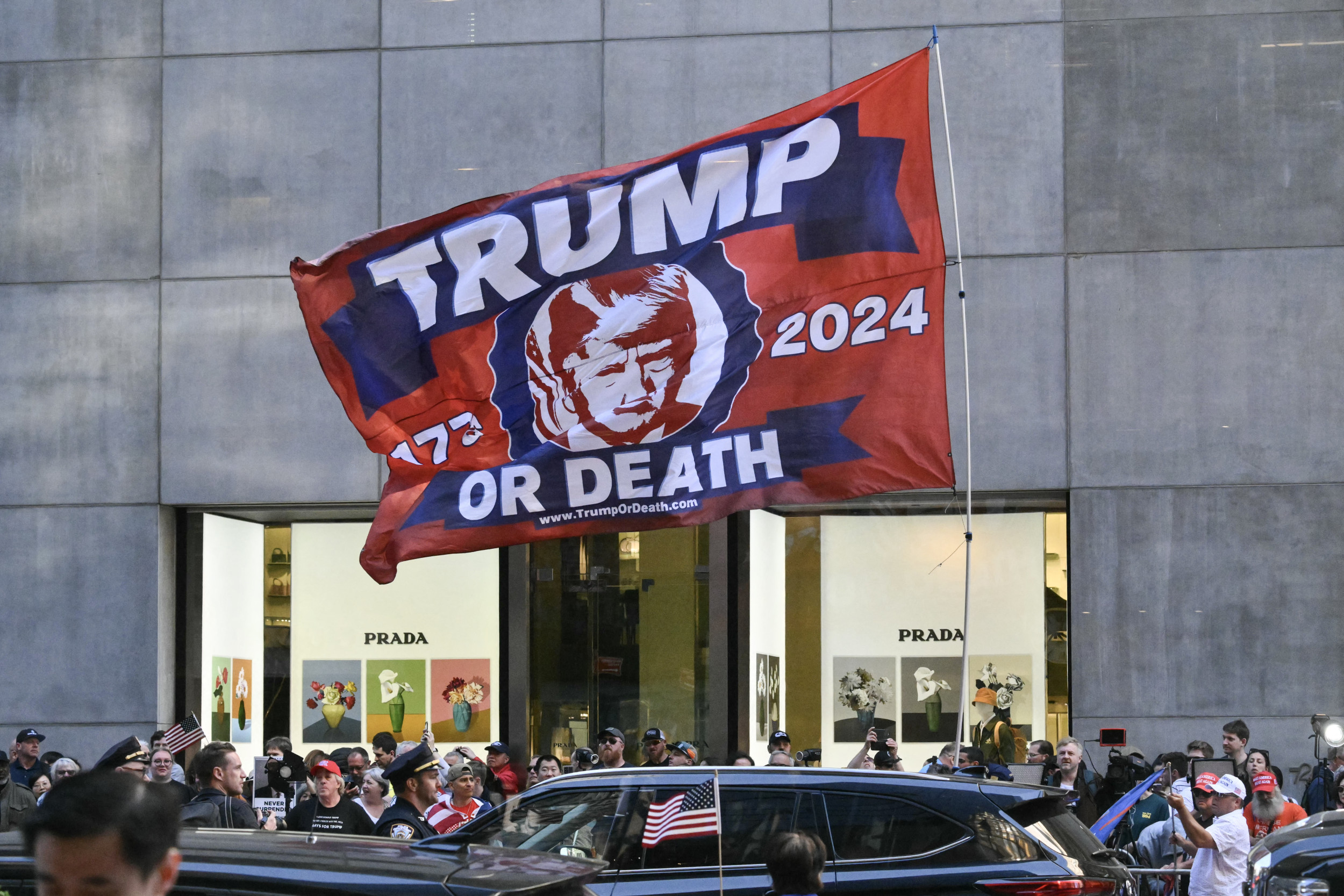In a world of uncertainty, there's always one group you can count on: the tobacco industry. Their executives aren't quite as riveting as they were years ago, when they were the last people in America swearing there was no link between cigarettes and cancer. Now they sponsor stop-smoking sites and cultural events to play the corporate solid citizen, but they're still selling the same old thing—yellow teeth, smelly upholstery, wrinkles, emphysema, lung cancer and death. To do this they need to think outside the box. Especially since the box is a coffin.
Most recently R.J. Reynolds, the firm that insisted that just because Joe Camel was a cartoon character didn't mean he was supposed to appeal to kids, have come up with a new product called Camel No. 9. It's a cigarette for women—decorative pink band, teeny pink camel, ebony box with hot-pink and teal accents. Of course when a cigarette is for women, it's really for girls; since lung cancer has now outstripped breast cancer as the leading cancer killer of women, younger smokers have to be constantly created to fill the death gap. About 90 percent of all smokers begin before age 18, according to the Centers for Disease Control, and, as my favorite 18-year-old reports from college, Camel No. 9 may be the perfect gateway cigarette for the younger set. "That perfumery smell," she reports, "translates into this almost lovely aftertaste that I've always placed as a very, very light hint of caramel and chai tea." Lyrical, huh? She could write copy for a tobacco company if she didn't know her mother would lock her out of the house.
Maybe it was the pink-foil package lining, or the slogan "light and luscious," but anti-tobacco advocacy organizations jumped right on Camel No. 9, and before you could say "chemo," 45 groups ranging from the Coalition of Labor Union Women to the American Academy of Pediatrics were demanding that R.J. Reynolds pull it from the market. Some members of Congress decided to ask women's magazines to lead the way. "I commend them for the role they've taken in women's health," said Congresswoman Lois Capps, a nurse from California. Capps knew that there were some magazines that had long ago decided not to accept cigarette ads. "Good Housekeeping didn't get hooked on the dollars," said Ellen Levine, the former editor of the magazine, which hasn't run cigarette ads since 1952.
So more than three dozen House members wrote to 11 magazines with large female readerships, asking them to voluntarily stop accepting ads for Camel No. 9. The silence was deafening, which the signatories found surprising; usually when Congress calls, people respond. After a second letter, a few editors replied, but none agreed to stop running the ads. The publisher of Vogue even sent back a huffy reply that made it sound as though asking a fashion magazine not to run cigarette ads was like asking The New York Times not to run the Pentagon Papers. "At odds with the basic fabric of our country's value system," was one phrase.
There is something to be said about our value system here, because tobacco products challenge everything about it. Congress is considering a bill to give the Food and Drug Administration more power over how cigarettes are advertised, distributed and manufactured, but all those involved pull back from the logical endgame, which is to have the FDA fully regulate them. That's because if it did, it would have to ban cigarettes, which have no useful purpose and commonly lead to addiction, illness and death. But the industry is a powerful economic and lobbying force, millions are already addicted and Americans naturally recoil from prohibition. The result is this constant dance around the dissemination of a legal, lethal drug delivery system.
Representatives of R.J. Reynolds insist, as they always do, that they are not trying to garner new smokers with Camel No. 9, cute and cool as the product may appear to teenagers. They say they seek only to shift existing smokers to a new brand. Mathematically this is preposterous. An estimated 438,000 deaths annually, or one in five in this country, are due to smoking. Smokers die more than a decade earlier than nonsmokers. The windfall for cigarette manufacturers is that somewhere near a hospital there's always a high school.
So, like Congresswoman Capps, those who care about the health of young women do not look to the tobacco industry. It's no wonder that they looked to American magazines, often a key source on information about diet, exercise, child rearing and medical issues. But there has been a dissonance between editorial and ads. NEWSWEEK, for example, publishes frequent service pieces about women's health, but also accepted ads for Camel No. 9. Most editors will say that they don't run many cigarette ads anyhow, but that raises the question of why they need to run any at all. Cigarette manufacturers have the right to try to buy ad space, and to manipulate consumers in order to sell their product. They have a compact with the bottom line. But magazines have a compact with their readers. And that means not only writing about products that will kill them, but forgoing ads for those products as well.
Uncommon Knowledge
Newsweek is committed to challenging conventional wisdom and finding connections in the search for common ground.
Newsweek is committed to challenging conventional wisdom and finding connections in the search for common ground.





